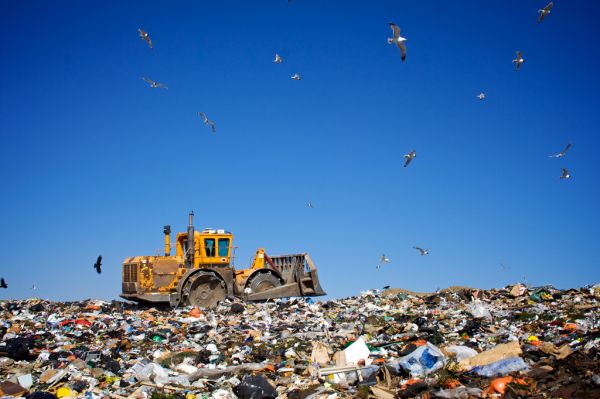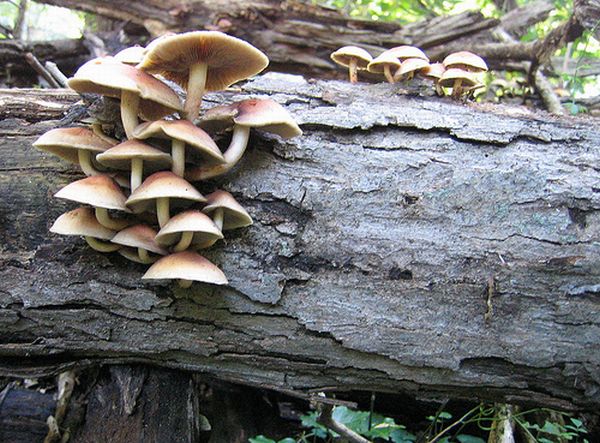
Why Now?
Since we cannot depend on fossil fuels for along time, therefore we are switching to use other renewable sources of energy.All renewable sources like sun, wind, water tend to generate green energy,which can be used in different ways. But, do you know that the ample organic waste that we dump almost every day can be used to generate energy as well as reduce the landfill areas? Now energy production is possible from the everyday bio-waste that includes all sorts of food and agricultural waste. Of course,this way of energy production will be more ecoâfriendly and will also help in saving the wasteland area.
The trash story
All organic waste products from ground, chipped or shredded tree limbs to corn husks, crop residues, seed stalk waste, yard waste, weeds, tomato and harvest wastes can be now utilized to produce bio-fuels and fulfil our energy needs. This bio-waste is incinerated, fermented or treated in some other ways to produce bio-fuels like ethanol, biodiesel, biogas etc. and all other such fuels that do not introduce any kind of contamination risk and also limit the release of harmful gases into the environment. The making of bio-fuel with all sorts of plant waste solves the issues related to landfill waste and greenhouse gas emissions. Moreover, this dump produces useful energyin a green way.
The trash miners
1) Trash-to-ethanol plant in Canada
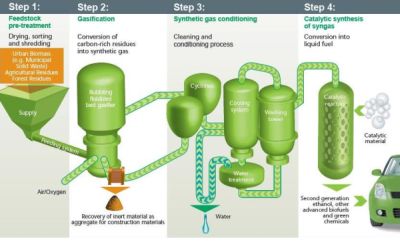
Canadian biofuels producer plant Enerkem is producing adequate amount of ethanol by making use of municipal waste as feedstock. The heaps of trash that either remain lying in the landfills or were burnt will now be used to produce a biofuel.This step would indeed help the environment as well as manage the dump in the waste streams. To generate ethanol, the required ingredients will be the wood residues from the forest and agricultural activities along with the solid wastefrom the landfills. The trash handling facilities of the plant will sort out the materials that will be required for processing ethanol. After the segregation and drying process the material is treated under heat and pressure in a gasifier, which creates a compound of carbon monoxide and hydrogen gas called syngas. This syngas is then turned to ethanol and other fuels. This process of manufacturing ethanol is cleaner and also greener than otherexisting technologies.
2) Sierra BioFuels plant
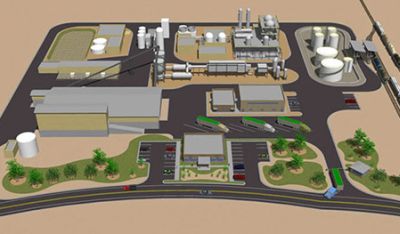
California-based Fulcrum BioEnergy, Inc. will receive feedstock from Waste Management of Nevada and Waste Connections ofCalifornia for its Sierra BioFuels Plant. This is Fulcrumâs first commercial scale facility using the dump from waste streams and convert it into renewable electricity, low carbon ethanol and other useful chemicals. The plant located in Tahoe-Reno Industrial Center, Nevada, will provide a cheap, reliable and eco-friendly source of transportation fuel, ethanol, manufactured from household garbage. The company is producing ethanol from domestic waste that is reducing the reliance on fossil fuel, solving the issues of landfills and also reducing the greenhouse gas emissions.
3) University of Wisconsin-Madison
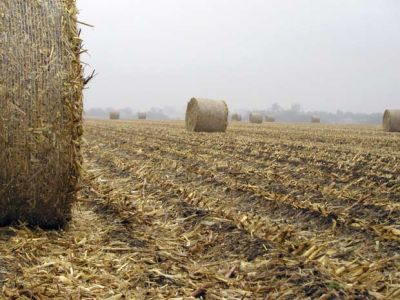
Research team at the University of Wisconsin-Madison has developed a chemical process that converts gamma-valerolactone from agricultural waste into gasoline and biofuel called alkenes. Unlike ethanol, which lacks the energy density to be used in airplanes,the alkene is more powerful and therefore can be used as a jet fuel. This biofuel can easily be used in conventional automobiles instead of petrol and diesel. The biofuel is produced by modifying the agricultural by products to what we think is waste.
The Gold
People are drifting to become green and readily want to participate in all viable means to save the environment. New technologies that promise to preserve the environment are being discovered every now and then. As we are aware that the transportation mediums are the primary cause contributing to greenhouse gases, scientists are finding various alternative fuel technologies that will help to drive around without contributing to global warming. Bio-fuels are gaining popularity among green alternative fuels. These fuels are now being manufactured from plant waste that is dumped almost every day. With new scientific methodology all plant partsthat include roots, stems, leaves, and fruit are being converted into bio-fuels like ethanol, biodiesel or heat energy. This way of generating energy will benefit the environment in two ways. Firstly green energy will be produced and secondly the waste stream area will also be reduced.
The mining process
Enormous land is needed to grow crops for bio-fuels for which many of pre-existing mines or rainforests are being cleared. This procedure will definitely harm the environment, as there wonât be any trees to absorb the carbon dioxide beinggenerated. The biodiversity of that area will be lost in this method. The idea of generating a green fuel will have a negative impact on the environment. But, planting the bio-fuel trees on top of an old strip mine can somehow benefit the ecology of our planet.
The glitter
The process ofmaking biofuels from plant waste like cornhusk, switch grass is an eco-friendlyway. The land fill area will be abbreviated by making use of this plant dump. Theusage of biofuels like biodiesel for conveyance will definitely save theenvironment from getting polluted because by the consumption of biofuels anabject quantity of greenhouse gases are brought out. These fuels are also cheaperthan the fossil fuels. These fuels can be counted as renewable sources ofenergy as it can be produced as much as needed.
The gold rush
After recycling and incinerating processes, other new techniques and procedures are being developed by researchers to turn the plant waste into usable biofuels. The Edmonton Waste-to-Biofuels Facility that is owned and managed by Enerkem Alberta Biofuels promise to convert all sorts of agricultural and other municipal waste into different biofuels like methanol and ethanol. This will reduce the necessity of food crops as a raw material for generating bio-fuels. The new techniques that will be used by the Edmonton facility assure to solve the issues related to waste streams and pollution. The plant will be functional by 2012 and will help Alberta city of Canada to lower the carbon dioxide emissions by a huge amount in the upcoming time.




